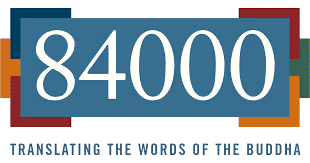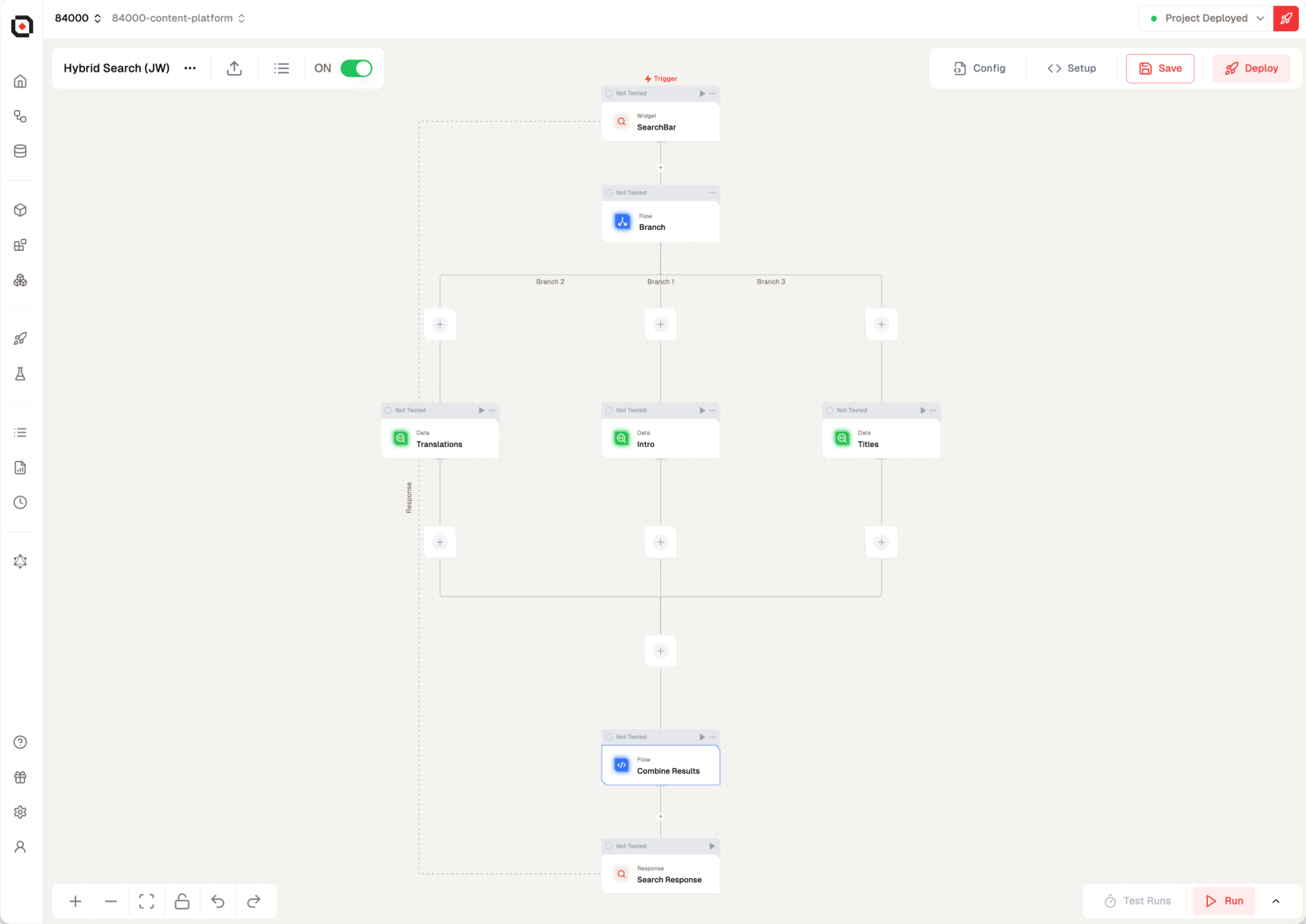
Ancient Wisdom Amplified by Modern Technology
The story of how 84000 delivers on its mission with Lamatic.ai
Overview
84000’s mission is to preserve and translate the Tibetan Buddhist canon, a collection of teachings that span centuries. These teachings were originally preserved in monasteries high in the mountains of Tibet, where they’ve remained intact thanks to careful preservation efforts. Now, 84000 aims to make this knowledge accessible by translating it into English—a task that will take over 50 years to complete. A founding mission for the organization is to use digital technology to make this collection freely available on the Internet. As translations progressed, the need for modern tools to manage and index this massive collection of texts became apparent. However, the organization faced numerous technical challenges, from creating structured XML data to represent the translations, to building efficient search tools.
.png)
Serendipitous Twist
In a serendipitous twist, Aman Sharma, an LLM engineer, reached out to 84000 as a volunteer. At the time, Aman was not yet the co-founder of Lamatic.ai, but his interest in Buddhist teachings and passion for language and technology aligned perfectly with 84000’s needs. Aman’s expertise helped 84000 conquer an early challenge—cross-referencing obscure source texts to English translations. What began as volunteer work turned into a pivotal relationship, benefiting both the non-profit and the future development of a platform that would transform 84000 and many other organizations too.
The Challenges
84000 faced several major technical challenges in achieving its mission:
Managing Complex Data Pipelines: The texts, structured in XML format, needed to be processed and indexed while preserving context for accurate translation.
Handling Large Data Volumes: With over 100,000 passages to translate, organize, and index, 84000 needed tools that could efficiently manage and process this data.
Building a Smart Search System: A traditional keyword-based search wasn’t enough. The organization required a semantic search tool that could understand the deeper context of the translations.
Tackling Low-Resource Language Translation: Tibetan, being a low-resource language, posed a challenge for machine learning models, especially in producing accurate machine translations. 84000 had to rely heavily on human verification while using AI for supplementary tasks.
The Solution
Lamatic.ai stepped in with a suite of tools perfectly suited to 84000's needs. With its visual builder, Lamatic.ai allowed 84000 to streamline their workflows and significantly reduce technical burdens. Here's how:
Simplifying Data Management: 84000 was able to move their XML data into a more manageable relational model, making it easier to organize and retrieve. This eliminated the need for custom engineering solutions, allowing the team to focus on translation and publication.
Enabling Advanced Search Capabilities: Using Lamatic.ai’s vectorization and semantic search tools, 84000 could provide users with deeper, contextually relevant search results. Instead of relying on basic keyword matches, the platform allowed for a more nuanced exploration of the teachings.
No-Code Flexibility: Lamatic.ai’s platform empowered 84000 to build customizable workflows without the need for extensive coding. This flexibility allowed them to iterate quickly and scale their efforts with ease.
Leveraging Vectorization: The team was able to create vector indexes of the translated texts, ensuring that complex search queries could be handled efficiently while maintaining the integrity of the context.
Future proofed solutions. With well designed data pipelines, 84000 can now build new applications using a variety of plug and play models utilizing Gen AI, such as a translation chat, the creation of text summaries and other automations.

Impact
84000's mission to make the teachings of the Buddha accessible to the world received a significant boost from its choice to use the Lamatic platform. The partnership has enabled 84000 to overcome significant technical challenges, reduce the need for in-house engineering talent and focus on their core work: translating and preserving ancient wisdom. This collaboration not only benefits 84000, but also serves as an example of how innovative platforms like Lamatic.ai can support cultural preservation efforts in the digital age.
84000
Let's turn your expertise into AI Agents together
Book a demo to see how Lamatic can turn your pain point or idea into a Reliable Agentic Application.
Get a Demo
